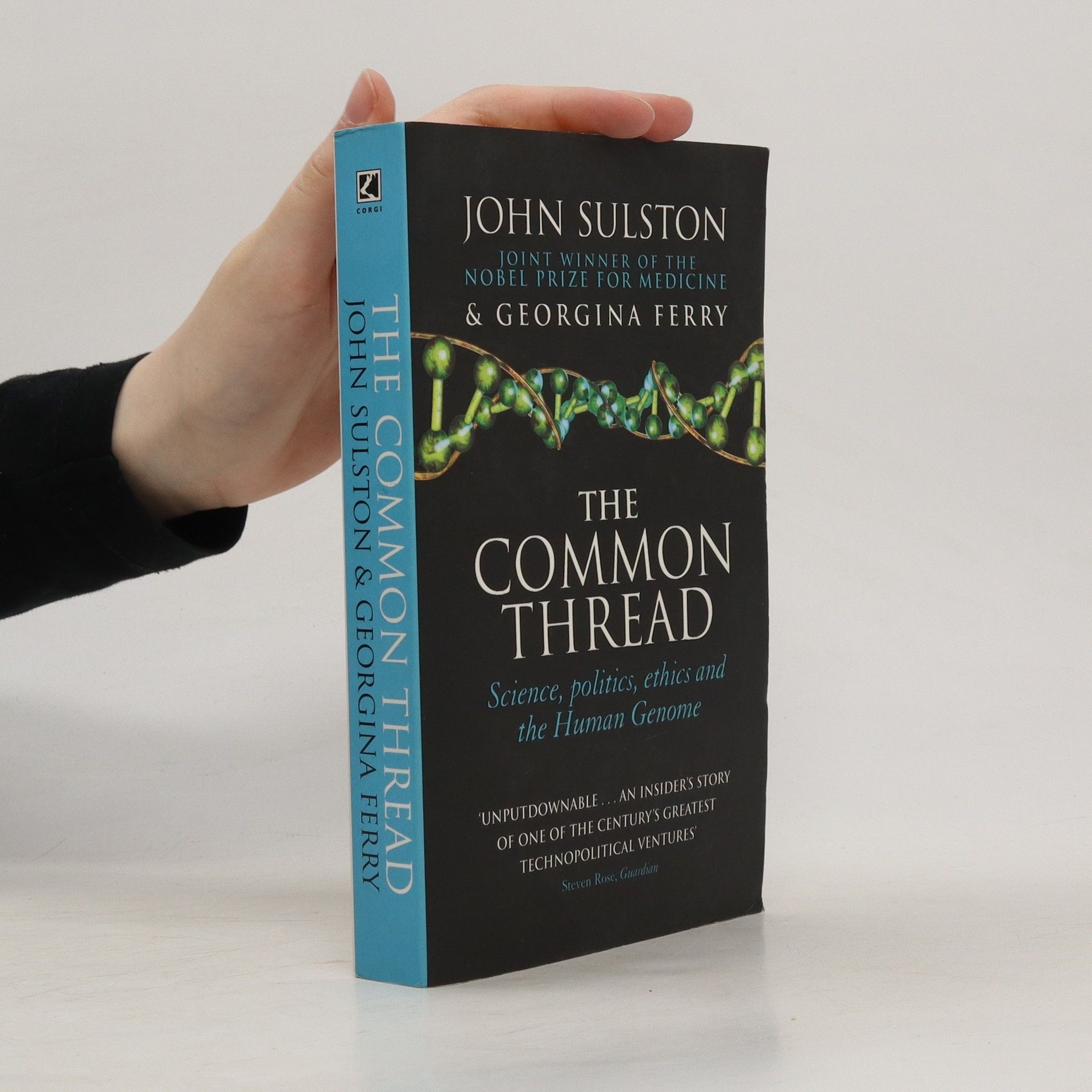The Common Thread
- 352 páginas
- 13 horas de lectura
John Sulston was director of the Sanger Centre in Cambridge from 1993 to 2000. There he led the British arm of the international team selected to map the entire human DNA sequence, a feat that was pulled off in record time by an extraordinary collaboration of scientists. Despite innumerable setbacks and challenges from outside competitors, the ultimate success of the project can be attributed in large part to John Sulston's own determination, passion and scientific excellence.

